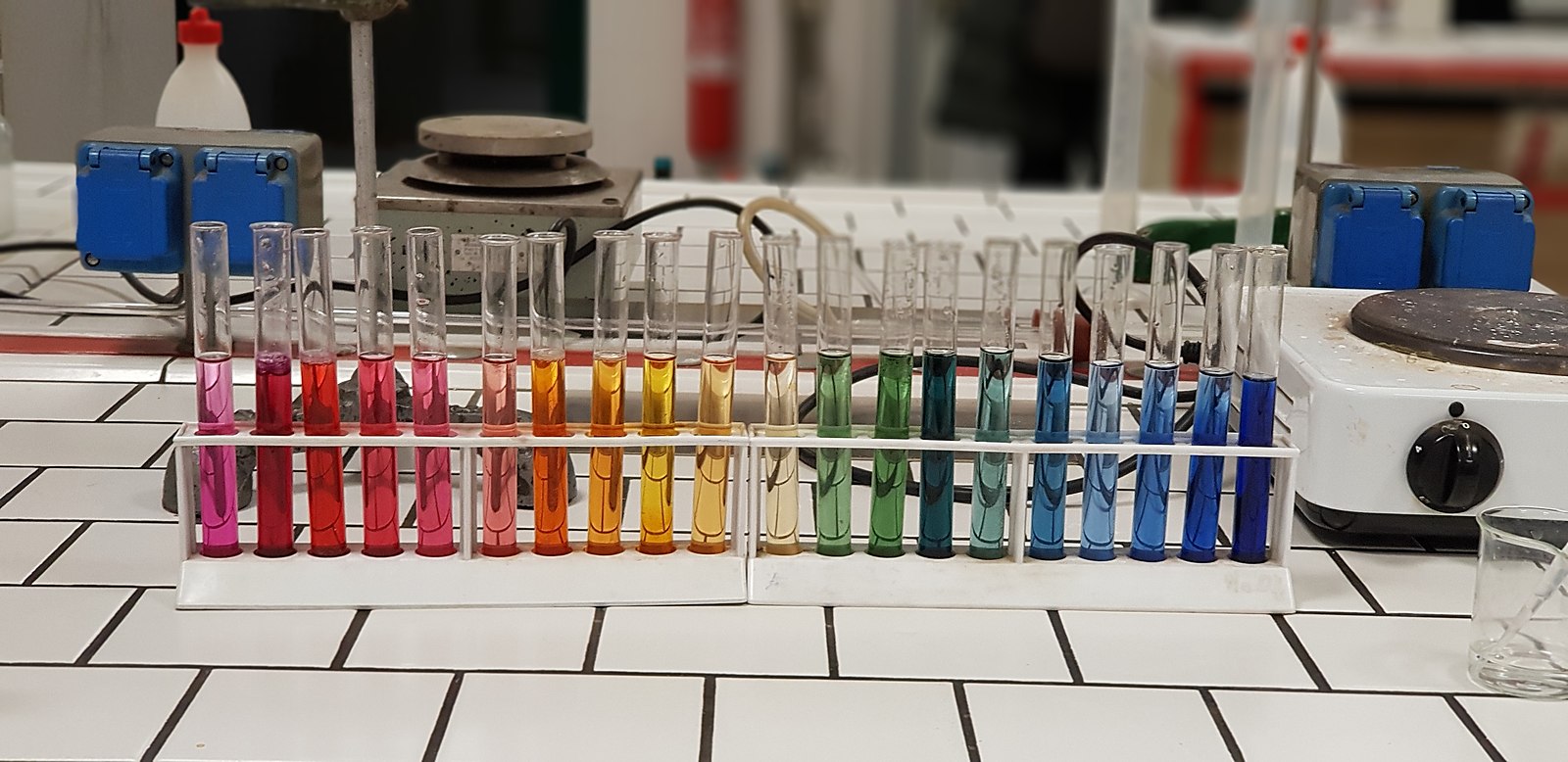The pH of lead nitrate in water is acidic, as indicated in the product specifications provided by Honeywell Research Chemicals. This is consistent with the general properties of nitrate salts, which tend to form acidic solutions due to the presence of the nitrate ion (NO3-), which can hydrolyze to form nitric acid (HNO3) in the presence of water.
Understanding the Acidity of Lead Nitrate Solutions
Lead nitrate, with the chemical formula Pb(NO3)2, is a highly soluble salt that readily dissociates in water, releasing lead (Pb2+) and nitrate (NO3-) ions. The presence of the nitrate ions in the solution can lead to the formation of nitric acid (HNO3) through the following reaction:
NO3- + H2O ⇌ HNO3 + OH-
This reaction shifts the pH of the solution towards the acidic range, typically resulting in a pH value below 7.
Factors Affecting the pH of Lead Nitrate Solutions
The pH of a lead nitrate solution can vary depending on several factors:
-
Concentration: The concentration of the lead nitrate solution can affect the pH. Higher concentrations of the salt can lead to a more acidic solution, while lower concentrations may result in a less acidic or even neutral pH.
-
Presence of Other Ions: The presence of other ions, such as hydroxide (OH-) or carbonate (CO32-), can influence the pH of the solution. The addition of these ions can neutralize the acidity and increase the pH.
-
Temperature: The temperature of the solution can also affect the pH. Generally, as the temperature increases, the dissociation of water molecules and the formation of nitric acid are enhanced, leading to a more acidic solution.
Balancing the pH of Lead Nitrate Solutions
To balance the pH of a lead nitrate solution, various methods can be employed:
-
Addition of Alkali: The addition of an alkali, such as sodium hydroxide (NaOH) or potassium hydroxide (KOH), can neutralize the acidity of the solution and increase the pH. However, it is important to monitor the pH carefully during the balancing process, as the addition of too much alkali can lead to the formation of basic nitrates, which can affect the stability and properties of the solution.
-
Dilution: Diluting the lead nitrate solution with water can help reduce the concentration of the salt and, consequently, the acidity of the solution. This method can be effective for lowering the pH, but it may not be suitable for all applications.
-
Ion Exchange: Ion exchange resins can be used to selectively remove the nitrate ions from the solution, reducing the acidity and increasing the pH. This method is often used in water treatment processes.
Handling and Disposal of Lead Nitrate Solutions
When dealing with lead nitrate solutions, it is crucial to follow appropriate safety guidelines and regulations. Lead nitrate is a hazardous substance that can pose risks to human health and the environment. Some key considerations include:
- Personal Protective Equipment (PPE): Wear appropriate PPE, such as gloves, safety goggles, and a lab coat, when handling lead nitrate solutions.
- Containment and Labeling: Ensure that lead nitrate solutions are stored in properly labeled, leak-proof containers to prevent accidental spills or exposure.
- Disposal: Follow local regulations for the disposal of hazardous waste, such as lead nitrate solutions. Do not pour them down the drain or dispose of them in the regular trash.
Conclusion
The pH of lead nitrate in water is acidic, typically below 7, due to the presence of the nitrate ions and the formation of nitric acid. The exact pH can vary depending on factors such as concentration, the presence of other ions, and temperature. To balance the pH, methods like the addition of alkali, dilution, or ion exchange can be employed. However, it is essential to handle and dispose of lead nitrate solutions with care, following appropriate safety guidelines and regulations to minimize the risks to human health and the environment.

